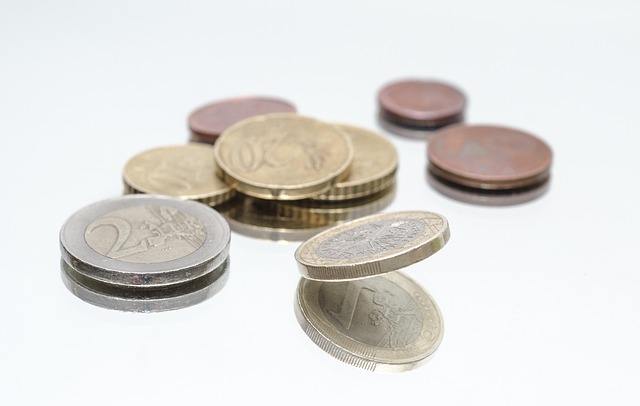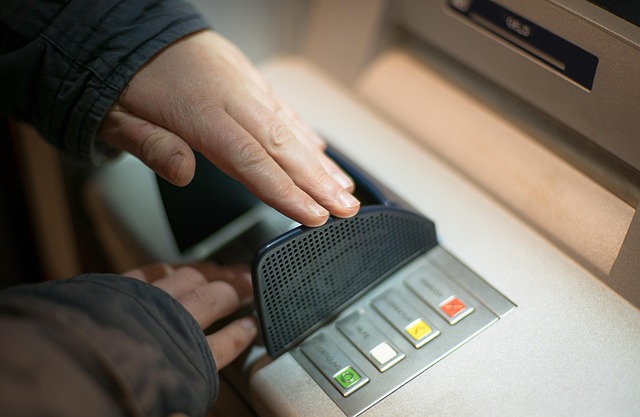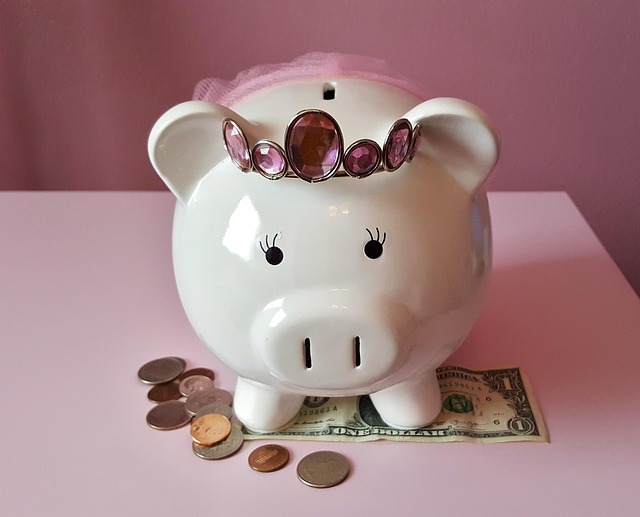
South Korean Currency
Introduction to South Korean Currency
The currency of South Korea, known as the won (₩), has a rich history that reflects the nation’s economic evolution and cultural identity. Understanding the won is essential for anyone interested in South Korea, whether for travel, business, or general knowledge. Let’s take a closer look at the journey of this currency and its significance today.
A Brief History
The won has undergone several transformations since its inception. Initially, during the Japanese colonial period from 1910 to 1945, Korea used the Korean yen, which was pegged to the Japanese yen. After World War II, Korea was divided into two separate nations, leading to the establishment of two currencies, both named won, for North and South Korea.
The Evolution of the Won
In South Korea, the first won was introduced in 1945, shortly after the liberation from Japanese rule. This currency was based on the Korean calendar, but in 1962, a new won was introduced, which used the Gregorian calendar for its denominations. This change marked a significant shift in how currency was perceived and utilized in everyday transactions.
Key Changes Over the Years
- Introduction of New Coins: In 1968, the intrinsic value of the brass 1 won coin exceeded its face value, prompting the issuance of new aluminum 1 won coins. This was part of a broader effort to manage production costs.
- Demonetization: The 10 and 50 hwan coins were demonetized in 1975, reflecting changes in economic conditions and currency value.
- New Denominations: In 1970, new 5 and 10 won coins were introduced, struck in brass to further reduce costs.
Redenomination Proposals
There have been ongoing discussions in the South Korean National Assembly about redenominating the won. The idea is to introduce a new won, where 1,000 old won would equal one new won, approximately worth one U.S. dollar. Proponents argue that a more valuable currency unit could enhance the perception of the South Korean economy globally.
The Current State of the Won
Today, the South Korean won is widely used and recognized, with various denominations available in both coins and banknotes. The currency plays a crucial role in the daily lives of South Koreans and is integral to the country’s economic framework.
Conclusion
Understanding the South Korean won provides insight into the country’s history and economic landscape. As South Korea continues to grow and evolve, so too will its currency, reflecting the dynamic nature of its society and economy. Whether you’re planning a visit or just curious about the currency, knowing its background can enrich your experience.

















 Legal Decisions Affecting Bankers Book
Legal Decisions Affecting Bankers Book 
 Health
Health  Fitness
Fitness  Lifestyle
Lifestyle  Tech
Tech  Travel
Travel  Food
Food  Education
Education  Parenting
Parenting  Career & Work
Career & Work  Hobbies
Hobbies  Wellness
Wellness  Beauty
Beauty  Cars
Cars  Art
Art  Science
Science  Culture
Culture  Books
Books  Music
Music  Movies
Movies  Gaming
Gaming  Sports
Sports  Nature
Nature  Home & Garden
Home & Garden  Business & Finance
Business & Finance  Relationships
Relationships  Pets
Pets  Shopping
Shopping  Mindset & Inspiration
Mindset & Inspiration  Environment
Environment  Gadgets
Gadgets  Politics
Politics 